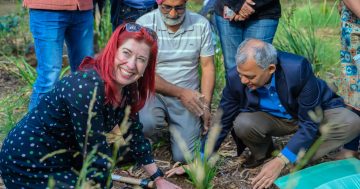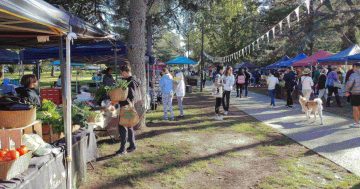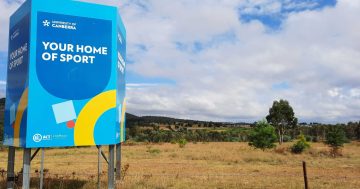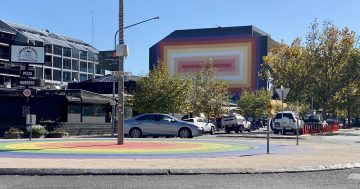
The District at Crace is open 7 days a week for breakfast, lunch and dinner (cocktails too). Photo: Daniella Jukic.
If you’ve never been keen on living in one of Canberra’s newer suburbs, Crace might just be the place that changes your mind. With a strong sense of community and a focus on active lifestyles, locals appreciate its clever design, access to open spaces and proximity to Gungahlin Town Centre.
A smaller suburb in the Gungahlin district, Crace is cosy without feeling claustrophobic. Its median property price of $765,000 (above the ACT median of $745,000) reflects strong demand for newer homes in a pleasant and family-friendly neighbourhood.
Thinking about visiting or moving to Crace? Here’s what you need to know.
History
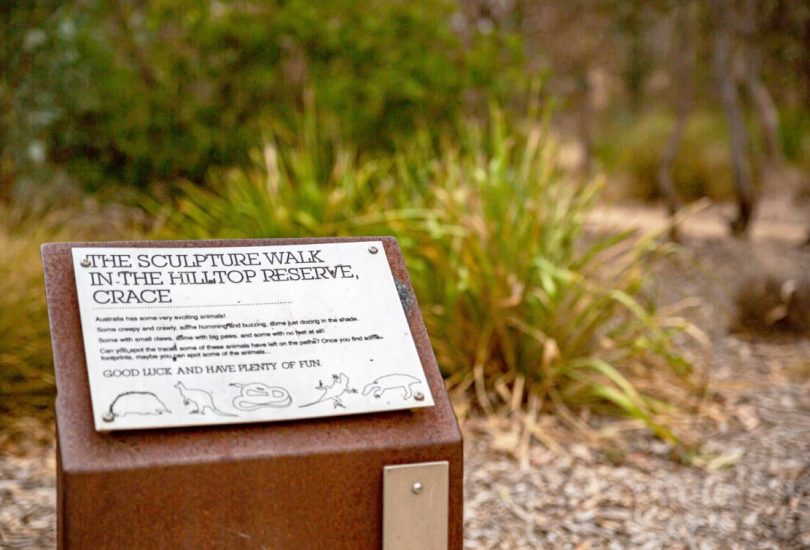
The Sculpture Walk in the Hilltop Reserve at Crace. Photo: Region Media.
Crace is named after landowner Edward Kendall Crace, who died in 1892 while attempting to cross the flooded Ginninderra Creek.
Construction began in 2008, and unlike some Canberra suburbs of a similar vintage, Crace was developed with smart design in mind.
In fact, back in 2014 Crace won a national award for being the best master planned community in Australia. The judges praised Crace as “a model of industry innovation – demonstrating how creativity and a commitment to design excellence can deliver better outcomes for the entire community.”
The University of Canberra is studying whether Crace’s innovative design will have long-term benefits for the health and wellbeing of its residents.
Shops and eateries
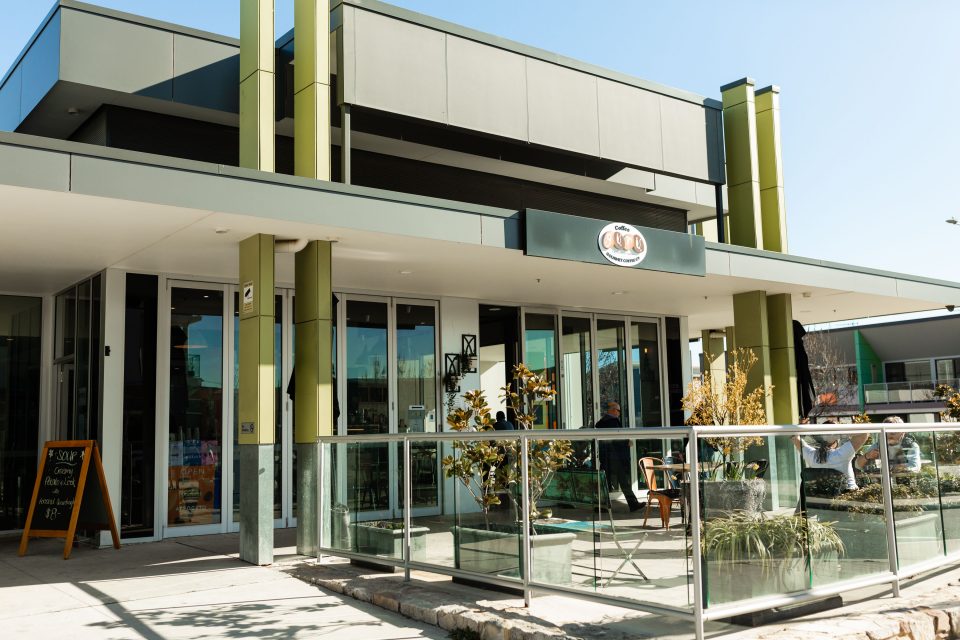


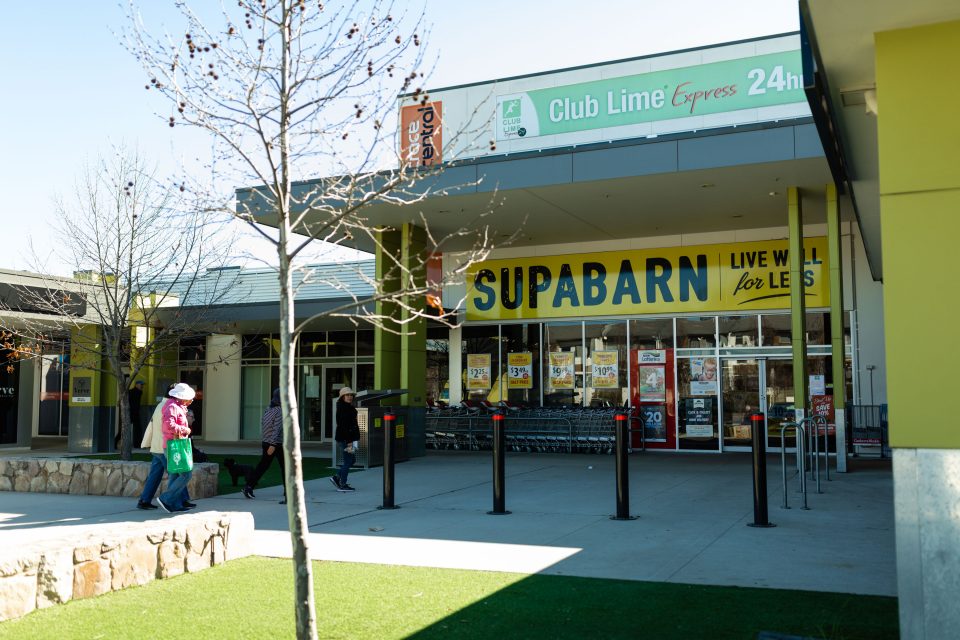

Crace’s local shopping centre, Crace Central, is in the heart of the suburb on Abena Avenue. Retailers include Supabarn, Club Lime, Crace Medical Centre (bulk billing), Coffee Guru and hair and beauty salons.
Crace Central is also home to the award-winning casual eatery The District, which took out ACT AHA’s Best Burger 2018 Award and ACT AHA’s Best Casual Dining 2019 Award.

One of the District’s most popular dishes, calamari and salad. Photo: Daniella Jukic.
Places of interest and things to do
Crace was designed with community and healthy living at its heart. Here are our top picks of activities in the suburb:
- Attend a community event. Crace has an active community network, including a Facebook page with over 2500 likes. If you’re looking for events, fundraisers to improve the community or local insights and advice, this is a great place to start.
- Check out the gardening on display at Crace Community Garden. Crace’s developers built a 2000-square-metre community garden on Langtree Crescent when the suburb was first established, and it’s proved popular with residents ever since. The garden has a shed, picnic table, barbeque and 30 raised garden beds of various sizes.
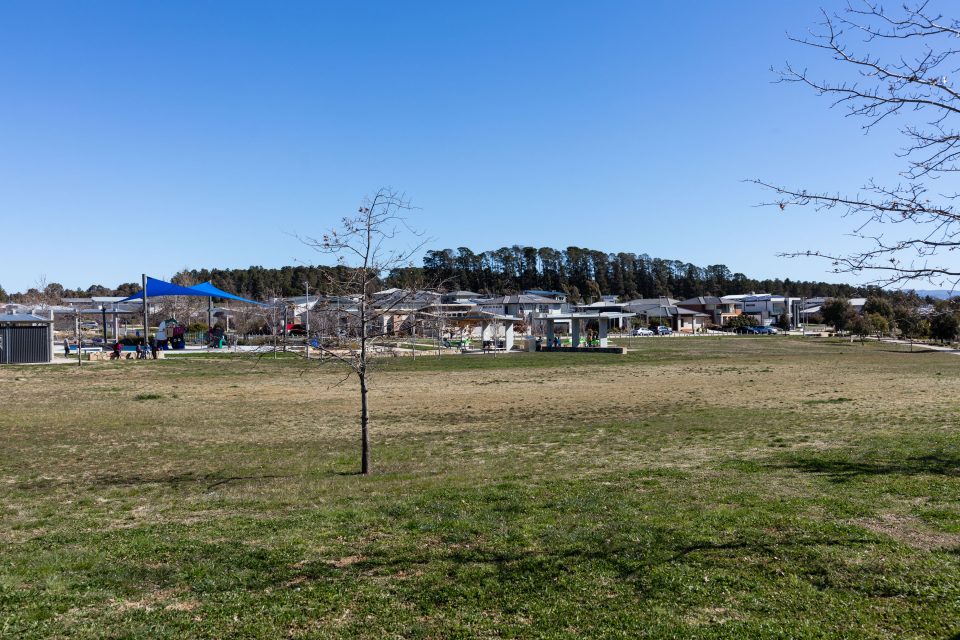
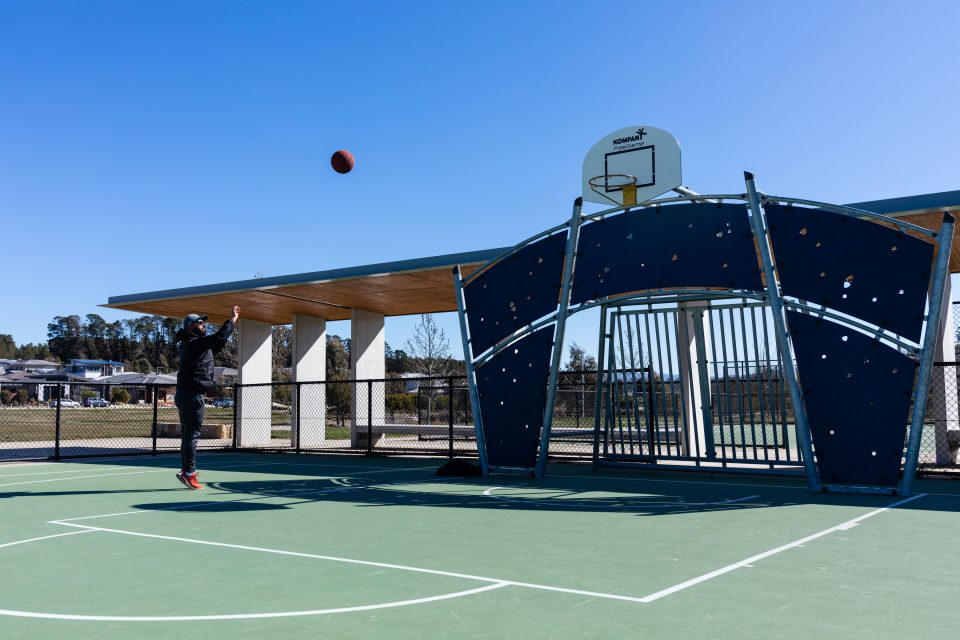
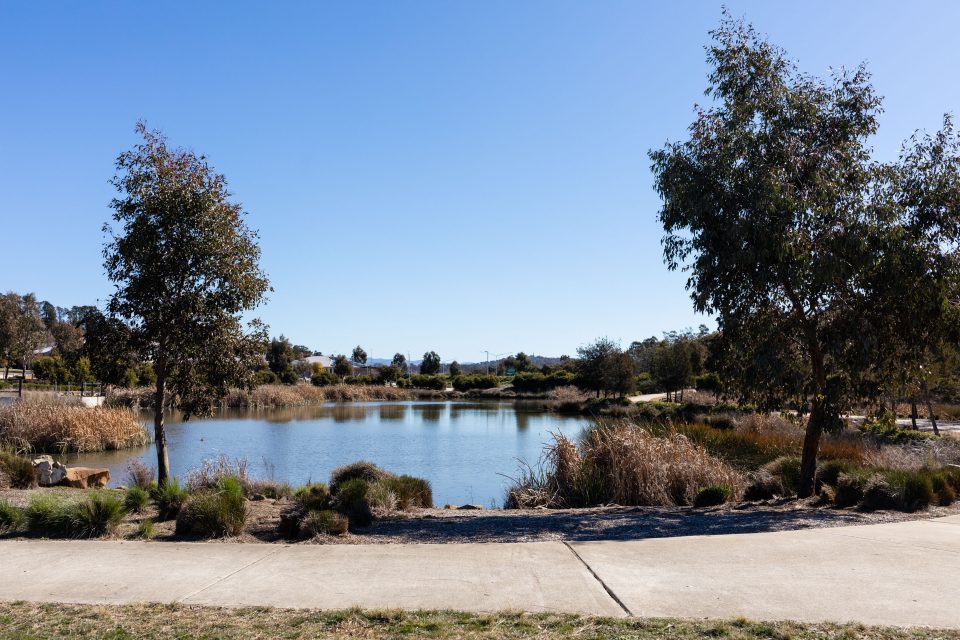

- Take part in the Crace Christmas Carnival. The Crace Christmas Carnival runs every December on the first Saturday of the month. It’s a free community event with rides, stalls, entertainment, food, face painting and special guests.
- Visit Crace’s three scarred trees. Scarred trees are named because they have scars caused by the removal of bark to build shields, canoes, containers and shelters. They are rare in the ACT and have cultural significance to the local Aboriginal people. There is one scarred tree at Crace Hilltop Reserve, while the other two are along along Langtree Crescent (before Ettrick Street and Cocoparra Crescent).
Playgrounds and parks

Neil loves the parks at Crace. Photo: Daniella Jukic.
Popular playgrounds and parks in Crace include:
- Crace Recreation Park (access via Narden Street). Opened in 2012, Crace Recreation Park is a $3.6 million, 4.5 hectare recreation park with wide open spaces, sports facilities, a playground and barbecue facilities.
- Crace Hilltop Reserve Playground (access via Samaria Street). As you might expect from a location with “hilltop” in the name, this large, colourful playground has scenic views of the Brindabellas. It also has a modern climbing frame, swings, a spinning platform and plenty of local wildlife to observe and enjoy.





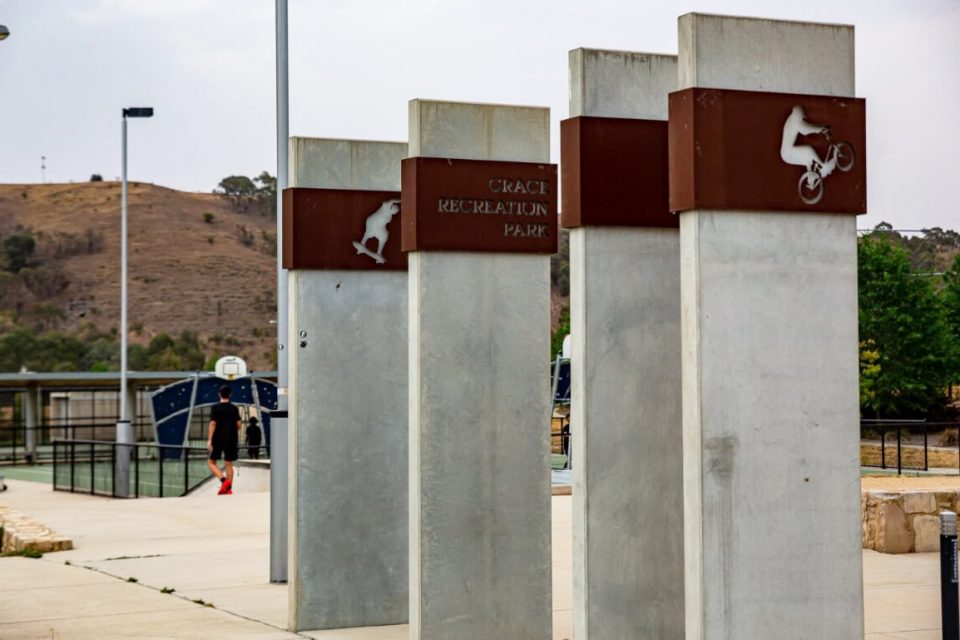
Getting around
If you like to walk to local shops, playgrounds and other amenities, Crace is one of your best picks in the Gungahlin region.
According to the ACT’s Urban Wellbeing Survey, Crace was designed as “an attractive and safe neighbourhood that fosters enhanced health and wellbeing.”
In addition to Crace residents living less than a ten minute walk from a range of services, facilities and amenities, the survey also found that they were more likely to walk there. In fact, a higher proportion of Crace residents walk to local destinations compared to anywhere else in Canberra.
Prefer public transport? Transport Canberra bus routes R8, 23 and 24 service Crace, while the nearest light rail stop is at Gungahlin Place.

Gym-lovers don’t have to travel far with a Club Lime at Crace shops. Photo: Daniella Jukic.
Schools
Crace is a priority enrolment area for schools including Palmerston District Primary School (public primary school), Gold Creek School (public school for students in Years 7 to 10) and Gungahlin College.
There are no schools in Crace.
Why the locals love it

Locals enjoying scones and a cup of tea at Coffee Guru, Crace. Photo: Daniella Jukic.
“By modern standards, Crace is quite good. The land sizes are reasonable. The homes are generous. Set backs and side access are standard. The majority of homes have alfresco areas under the roofline. They are adequate garden and backyards under the revised living culture.
It was a case of supply and demand. Prices are strong in Crace. High 800s, some million plus is not uncommon. Crace is designed and much more spacious than the next releases of Moncrieff and Throsby,” – RiotACT commenter Vintage123.
Quick facts
- Median age: 31 years
- Median weekly household income: $2486
- Median weekly rent: $380
- Houses vs. apartments: 64.5% houses; 11.2% apartments; 24.1% townhouses
- Suburb sales record (excludes land sales): $1.62 million in 2018 for a five-bedroom, four-bathroom home in Durong Street
Source: 2016 Census.
Want to find the latest real estate listings for sale and rent in Crace? Zango can help you find them:
Do you live, or have you previously lived, in Crace? What are your favourite things about the suburb? What advice would you give to people considering moving there? Share your thoughts in the comments below.













